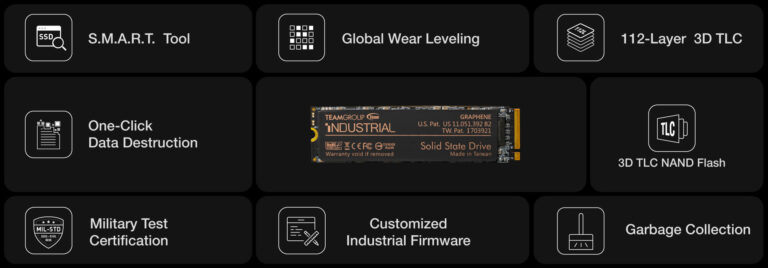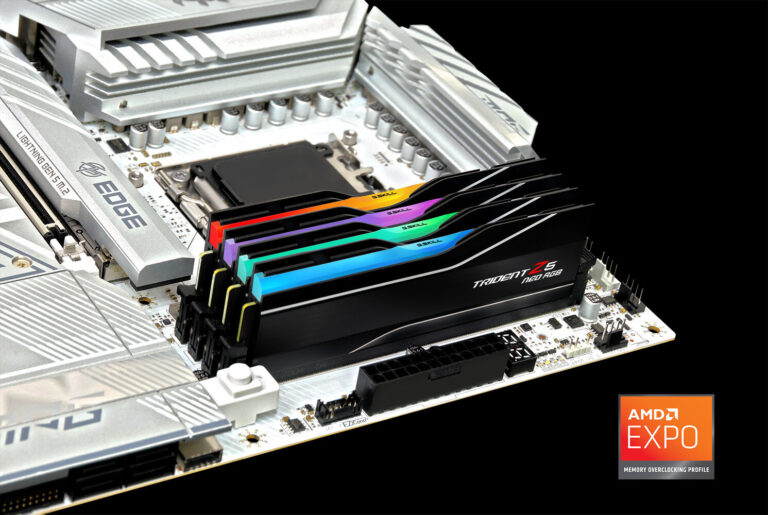
Here’s something cool—literally! A team from the University of Tokyo has come up with a new way to keep electronics from overheating, and it involves boiling water right on the chip. According to SciTech Daily, this method uses water’s ability to change from liquid to gas, absorbing seven times more heat than the usual way of cooling with flowing water. That means it can capture and get rid of heat much more effectively.
The tricky part? The water flows through tiny channels built into the chip, but when it turns into steam, it can get stuck in those narrow spaces, making it less efficient. The researchers figured out how to fix this by designing 3D microchannels with a special structure and a layer to distribute the coolant evenly. They found that the shape of these channels and how the water and steam move through them make a big difference. Their design reached a performance level of 100,000—about ten times better than what you’d get with regular water cooling.
“This kind of cooling is key for the next generation of high-power tech, and our design might lead to new ways to keep things cool,” said Masahiro Nomura, the lead researcher. This two-phase system could mean smaller cooling setups without needing fancy fluids. It might also help solve heat problems in high-performance computing, leading to more powerful chips that don’t need as much cooling effort. Plus, this tech could be used in things like lasers, LEDs, radar systems, and even in cars and airplanes. Another bonus? It can work passively, meaning the liquid’s phase changes can move heat out naturally, without needing a pump.
As chips keep shrinking, they produce more heat in a tiny space, so we really need new cooling ideas to keep up with tech advancements. We’ve seen some neat active cooling options lately, like the Frore AirJet Mini Slim and the Ventiva Ionic Cooling Engine.
But this two-phase system might pave the way for better passive cooling—perfect for tight spaces and without using any power.





